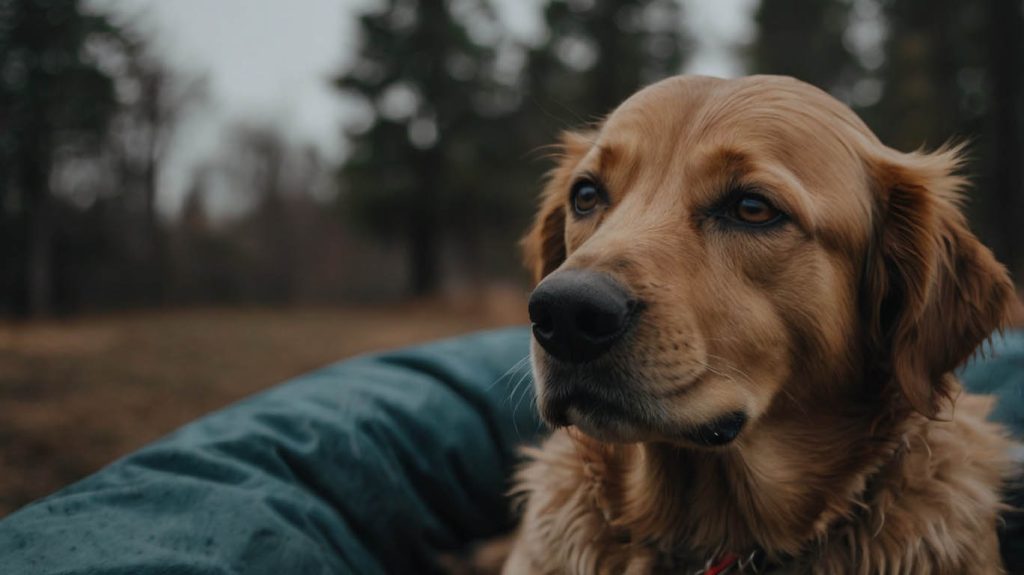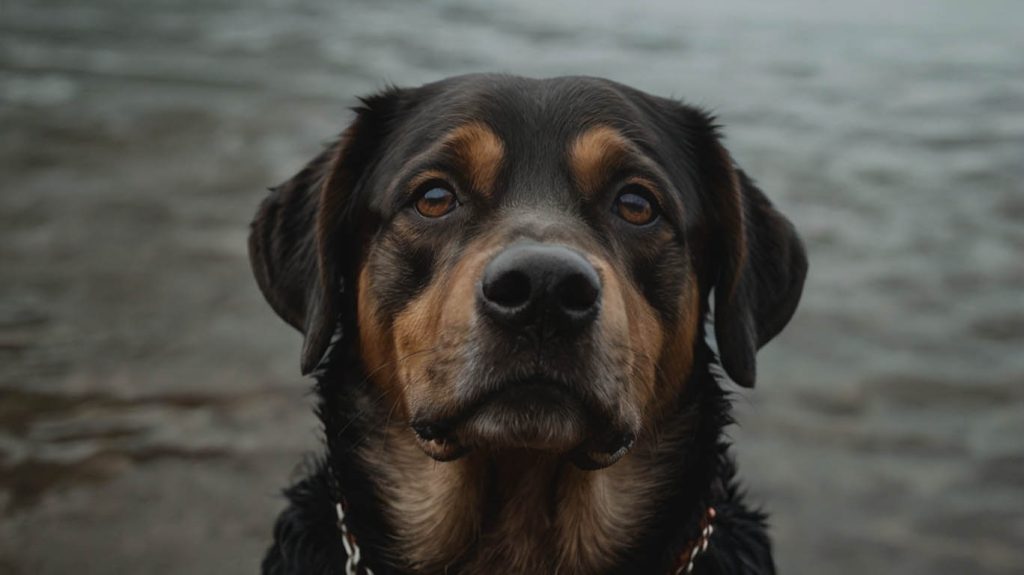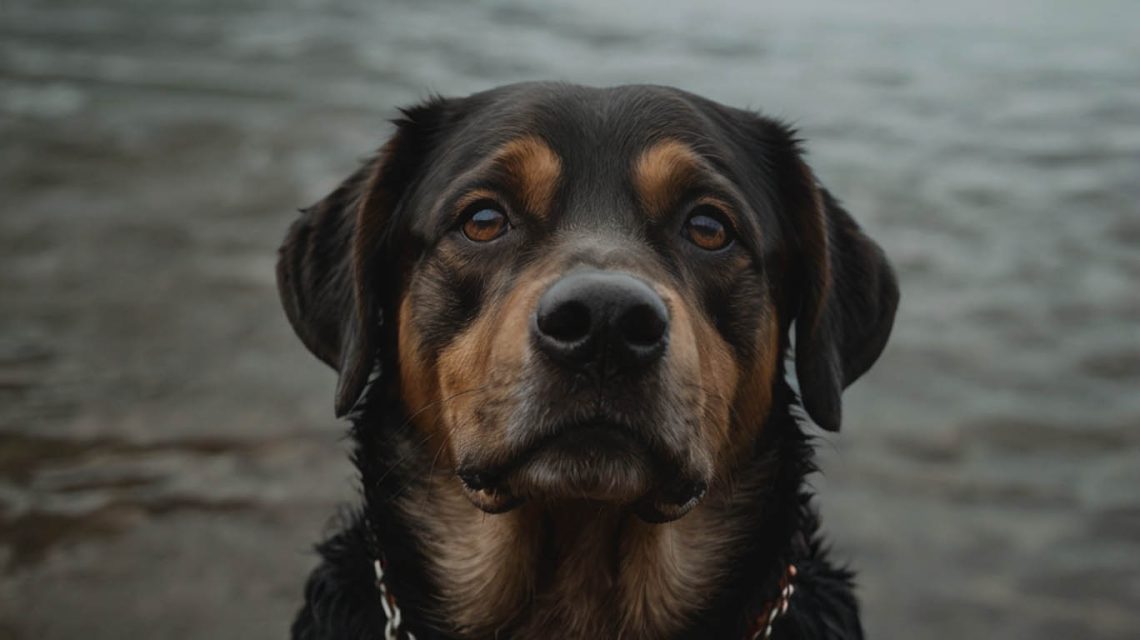A Hopeful Guide: The Best Tips for Separation anxiety in dogs
You love your dog more than anything. They are your shadow, your constant companion, your furry soulmate. But you’ve started to notice something concerning. The moment you pick up your keys or put on your coat, a look of panic washes over their face. When you return home, you’re not met with a happy greeting, but with a scene of destruction: a chewed-up doorframe, a shredded pillow, or frantic scratch marks on the door. Or perhaps your neighbors have informed you that your dog barks and howls incessantly the entire time you are gone. This is the heartbreaking and stressful reality of canine separation anxiety. Consequently, you feel trapped, guilty, and desperate for solutions, leading you to search for effective tips for separation anxiety in dogs.
First, it’s crucial to understand that your dog is not being “bad” or “spiteful.” They are not destroying your home to punish you for leaving. They are experiencing a genuine panic attack, akin to what a human might feel. They are terrified that you are gone and may never return. Therefore, helping them requires empathy, patience, and a systematic, positive approach. This guide will provide you with the essential tools and strategies to help your dog learn that being alone is safe and that you will always come back.
Understanding the Root of the Problem: What is Separation Anxiety?
Before you can effectively apply any tips for separation anxiety in dogs, you must recognize the signs and understand the condition. Separation anxiety is a clinical condition where a dog exhibits extreme stress and behavior problems when left alone or separated from their primary caregiver.

Common Signs of Separation Anxiety in Dogs
- Destructive Behavior: Chewing on doors, windowsills, furniture, or personal items, often concentrated around points of exit.
- Excessive Vocalization: Incessant barking, howling, or whining that begins shortly after you leave.
- House Soiling: A dog who is perfectly house-trained may urinate or defecate when left alone.
- Escape Attempts: Frantic attempts to dig or chew their way out of a crate or a room, which can lead to self-injury.
- Pacing, Drooling, or Panting: These are physical signs of extreme stress.
A key diagnostic clue is that these behaviors only happen when the dog is left alone or believes they are about to be left alone.
Crucial First Tips for Separation Anxiety in Dogs: Management and Mindset
The foundation of any successful treatment plan begins with management and shifting your own behavior.
1. Suspend Absences and Build a Support System
This is the hardest but most important first step. Every time your dog is left alone longer than they can handle, their panic is reinforced. For the treatment to work, you must temporarily stop leaving them alone for distressing periods.
- What this means: This may involve using doggy daycare, hiring a pet sitter, asking friends or family for help, or working from home. This is a short-term commitment to ensure long-term success.
2. Change Your “Leaving” and “Returning” Rituals
Many of us make a huge fuss over our dogs when we leave and return, which can amplify their anxiety.
- Low-Key Departures: In the 15-20 minutes before you leave, ignore your dog. Don’t engage in emotional, drawn-out goodbyes. Make your departure as boring and uneventful as possible.
- Calm Greetings: When you return, be equally calm. Ignore any frantic jumping or whining. Wait until your dog has settled down completely before offering a calm “hello” and a gentle pat. This teaches them that your comings and goings are no big deal. This is one of the most powerful tips for separation anxiety in dogs.
3. Desensitize Your Dog to Departure Cues
Your dog has learned that certain actions (picking up keys, putting on shoes) predict your departure. You need to break this association.
- The “Cue” Game: Throughout the day, when you have no intention of leaving, pick up your keys and walk to another room. Put on your coat and watch TV. Grab your purse and sit down at the kitchen table.
- The Goal: By repeating these cues without actually leaving, you make them meaningless. They no longer predict the scary event of your absence.

The Core of Treatment: Graduated Departures and Counter-Conditioning
This is the systematic process of teaching your dog that being alone is safe. It must be done slowly and at your dog’s pace.
Step 1: Establishing a “Safe Place” and High-Value Distractions
You need to create a positive association with the time you are gone.
- Find a “Special” Treat: This should be a very high-value, long-lasting treat that your dog only gets when you are practicing your departure exercises. A KONG stuffed with frozen peanut butter or a long-lasting chew are excellent options.
Step 2: The “Baby Steps” Departure Process
This is where the real work begins. The goal is to leave for a duration so short that your dog does not have time to panic.
- Start Small: Give your dog their special treat in their “safe place” (like their bed or crate). Say a calm “I’ll be back,” walk to the door, and step outside for literally one second. Immediately step back inside before your dog has a chance to react.
- Practice Calmness: When you come back in, be calm and ignore the dog while they finish their treat.
- Gradually Increase Duration: Repeat this process over many sessions, slowly increasing the duration you are gone. Go from one second to three seconds, then five, then ten.
- Watch for Stress Signals: You must watch your dog (a simple webcam or baby monitor is essential for this) for any signs of anxiety (panting, pacing). If you see them, you have gone too long. In the next session, decrease the duration to a point where they were successful. This is one of the most critical tips for separation anxiety in dogs and requires immense patience.
Enrichment and Exercise: Key Supportive Tips for Separation Anxiety in Dogs
A tired and mentally stimulated dog is less likely to have excess anxious energy.
The Importance of Physical and Mental Exercise
- Physical Activity: A long, brisk walk or a vigorous game of fetch before you leave can help your dog settle down more easily.
- Mental Stimulation: Don’t forget their brain! A 15-minute training session or using puzzle toys and snuffle mats can be just as tiring as physical exercise.
Building Independence While You Are Home
One of the most effective tips for separation anxiety in dogs is to teach them to be independent even when you are present.
- The “Place” Command: Teach your dog to go to their bed or mat and stay there for short periods while you are in another room.
- Close Doors: Get your dog used to not having access to you 100% of the time by closing the bathroom door or using a baby gate.
When to Seek Professional Help
Separation anxiety is a complex condition. If you are not making progress, or if your dog is at risk of harming themselves, it is crucial to seek help.
- Consult Your Veterinarian: They can rule out any underlying medical issues and discuss the possibility of anti-anxiety medication, which can be an invaluable tool to help your dog be calm enough to learn during training. As the American Veterinary Medical Association (AVMA) advises, a health check is always the first step.
- Hire a Certified Professional: Look for a Certified Separation Anxiety Trainer (CSAT) or a veterinary behaviorist. These professionals are specialists in this specific condition and can provide a detailed, customized plan. Find one at the American College of Veterinary Behaviorists (ACVB).
A Future Free from Fear
Helping a dog overcome separation anxiety is a journey of patience, empathy, and love. It requires you to change your habits just as much as it requires your dog to change theirs. By following these tips for separation anxiety in dogs, you are not just solving a behavior problem; you are healing your dog’s panic and teaching them the most important lesson of all: they are safe, and you will always return.
Internal Link Suggestions:
- To better identify the problem of anxiety panting in dogs, read our article: “Anxiety Panting in Dogs : How to Recognize, Understand, and Calm It.“
- Learn about anxious dog whining here: “Anxious Dog Whining : Causes & Fixes.”
What is your biggest struggle with your dog’s separation anxiety? Share your story or questions in the comments below—you are not alone in this journey.


